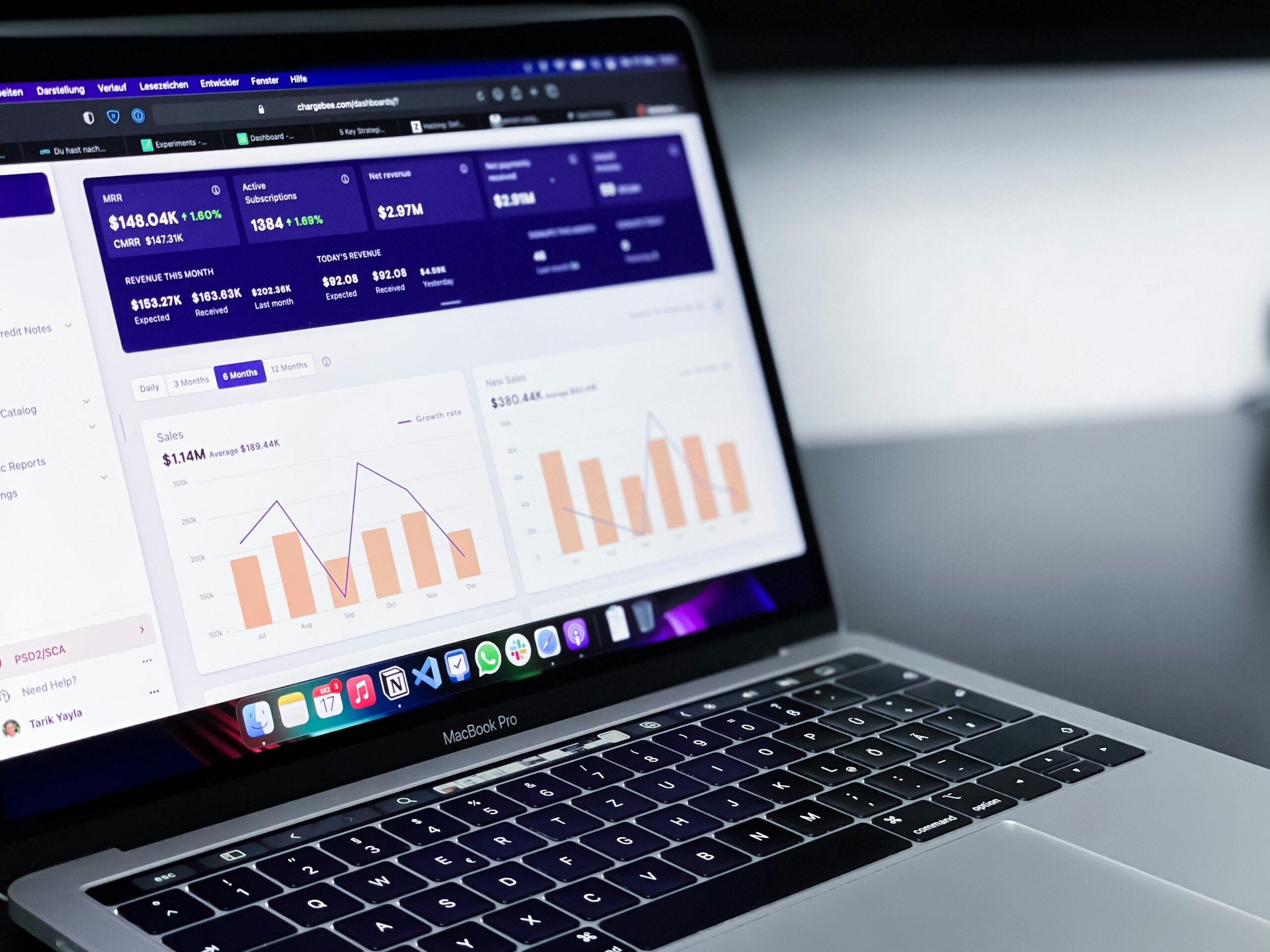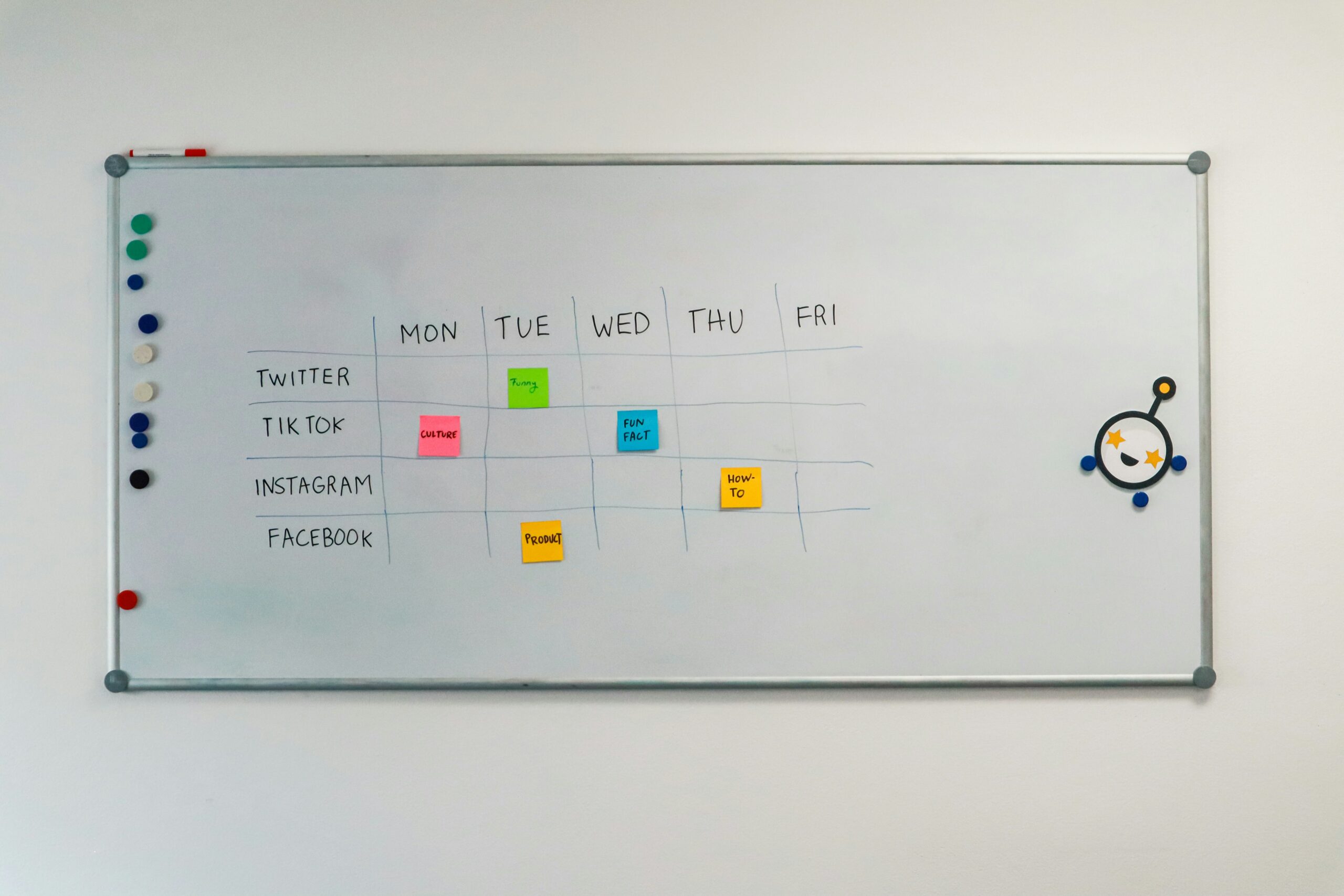The Importance of Choosing the Right Programming Language for Effective App Development
August 3, 2025 | by qqvmedia.com


Understanding Programming Languages and Their Impact
Programming languages are core elements in the realm of software development, providing developers with the tools to construct functional and effective applications. Each programming language embodies a unique set of characteristics, strengths, and weaknesses that can significantly influence application performance, scalability, and maintainability. The choice of a programming language plays a crucial role in shaping the architecture and efficiency of software solutions.
Programming languages can be categorized into several paradigms, including procedural, object-oriented, and functional. Procedural languages, like C and Pascal, emphasize a step-by-step approach to programming, offering simplicity and clarity. They excel in tasks requiring straightforward data manipulation and control flow, making them ideal for small-scale projects. However, they may lead to challenges in scalability when dealing with complex software systems.
Object-oriented programming (OOP) languages, such as Java and C#, introduce concepts like encapsulation and inheritance. These features promote code reusability and modularization, thus enhancing maintainability. OOP can result in better-organized codebases, particularly for large-scale applications where multiple developers collaborate. However, the complexity of OOP can sometimes hinder performance in scenarios where simplicity is paramount.
Functional programming languages, such as Haskell and Scala, focus on the evaluation of mathematical functions rather than the execution of commands. They facilitate the creation of highly efficient and scalable applications by promoting immutability and higher-order functions. While the learning curve can be steep for developers accustomed to other paradigms, the benefits regarding concurrency and performance are substantial.
Ultimately, the selection of the appropriate programming language depends not only on the project requirements and team expertise but also on the specific needs related to performance, scalability, and maintainability. By thoughtfully considering these aspects, developers can harness the full potential of programming languages to create robust applications.
Assessing Project Requirements and Choosing the Right Language
When embarking on app development, the first critical step is assessing the specific project requirements. This encompasses understanding the app’s intended purpose, whether it is a web-based application, mobile app, or enterprise solution. Each category may have distinct performance needs and user experiences that directly influence the choice of programming language.
Another key factor to consider is the expected user load. If the application is anticipated to handle a high number of simultaneous users, the chosen programming language must be capable of supporting such performance demands efficiently. Additionally, evaluating team expertise is crucial; a language that your development team is familiar with can lead to faster development cycles and potentially higher-quality outputs. If your team has extensive experience in a particular language or framework, it may be more beneficial to leverage that established skill set.
Scalability is also an urgent consideration. The selected programming language should not only meet the current demands but also allow for future expansion as user needs evolve and technology trends shift. As applications grow, they may need to integrate with other systems, necessitating a language that offers robust support for such integrations and easily integrates with APIs or third-party services.
Moreover, while it is essential to choose a language that meets immediate project requirements, it is just as important to maintain flexibility. Technology is fast-evolving; as new frameworks and languages emerge, developers should remain adaptable to incorporate better solutions as necessary. Emphasizing a balanced approach toward evaluating project demands, team capabilities, and future growth will ultimately lead to more effective app development.
The Consequences of Poor Language Choice
Selecting an inappropriate programming language for app development can have significant ramifications, impacting both the development process and the final output. One of the most notable consequences is the potential for increased development time. If the selected language is not well-suited to meet project requirements, developers may encounter challenges that extend the timeline, leading to delays in the eventual market release. For instance, a project manager might choose a language that the development team is not familiar with, resulting in a steep learning curve and project stagnation.
In addition to time delays, high maintenance costs can stem from a misaligned programming language. When a language lacks community support or is not widely used, developers may struggle to find resources and solutions to maintain and update the application efficiently. This can lead to costly maintenance processes, as the application may require specialized skills scarce in the job market. Consequently, businesses may find themselves investing additional funds in training, hiring, or even shifting to a more suitable programming language down the line.
Performance degradation is another critical area where poor language choice can manifest. Some languages might not offer the speed or efficiency required for particular applications, resulting in sluggish performance, which can deter users and lead to decreased satisfaction. Additionally, team collaboration may also suffer when there is a disconnect between the language chosen and the expertise of the developers. This incompatibility can breed frustration among team members and stymie effective collaboration, further exacerbating project difficulties.
Ultimately, the implications of selecting the wrong programming language extend well beyond immediate project challenges, possibly leading to long-term negative effects on business operations and product viability. In an increasingly competitive market, making informed decisions regarding programming language selection is crucial to aid in developing a successful application that meets both current demands and future scalability.
Best Practices for Selecting a Programming Language
Choosing the appropriate programming language for app development is a pivotal decision that can significantly influence the success of a project. To ensure an effective selection process, developers and project managers should adhere to several best practices. Firstly, leveraging community support is paramount. A programming language with an extensive user base and active community can provide valuable resources, such as libraries, frameworks, and peer support, enabling developers to overcome challenges more efficiently.
Keeping abreast of technology trends is equally crucial. The technology landscape is continually evolving, and emerging languages or updates to existing ones can greatly enhance development productivity and app performance. By regularly reviewing industry reports, attending tech conferences, and following expert blogs, developers can make informed choices based on the latest advancements and tools available in the development community.
Conducting comparative studies on various programming languages is another essential practice. Analyzing factors such as performance, scalability, and the specific needs of the project can help narrow down options. A thorough examination considering both backend and frontend requirements establishes a clear understanding of which language aligns best with project goals.
To facilitate the decision-making process, developers and project managers can utilize a handy checklist. This checklist should include criteria such as the learning curve, compatibility with existing systems, long-term support, project size, and deployment platforms. By systematically evaluating these factors, teams can ensure a comprehensive assessment of all options before committing to a specific programming language.
Ultimately, a well-thought-out selection process, guided by best practices, enables teams to choose a programming language that not only meets current project needs but also accommodates future scalability and advancements in technology.
RELATED POSTS
View all


